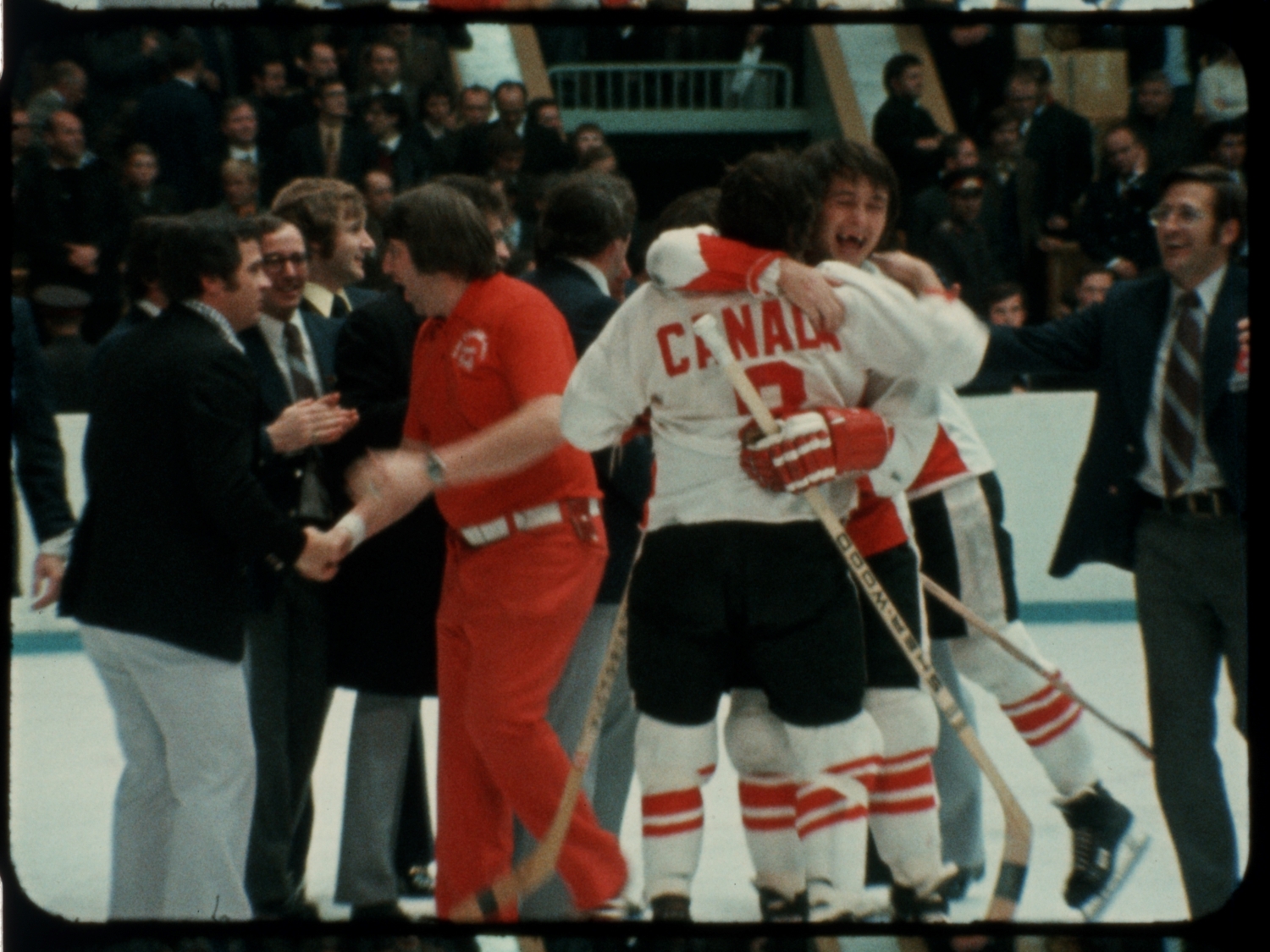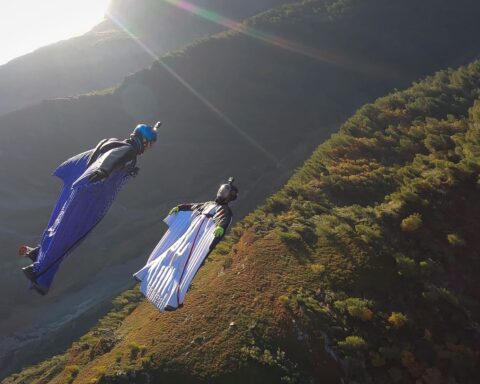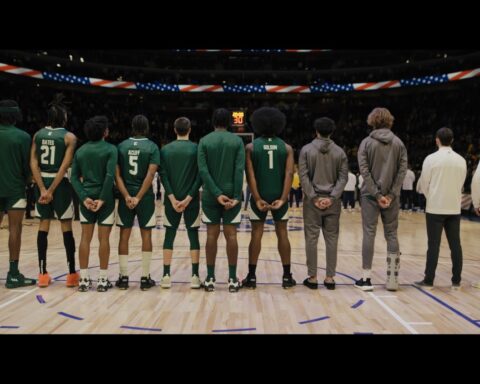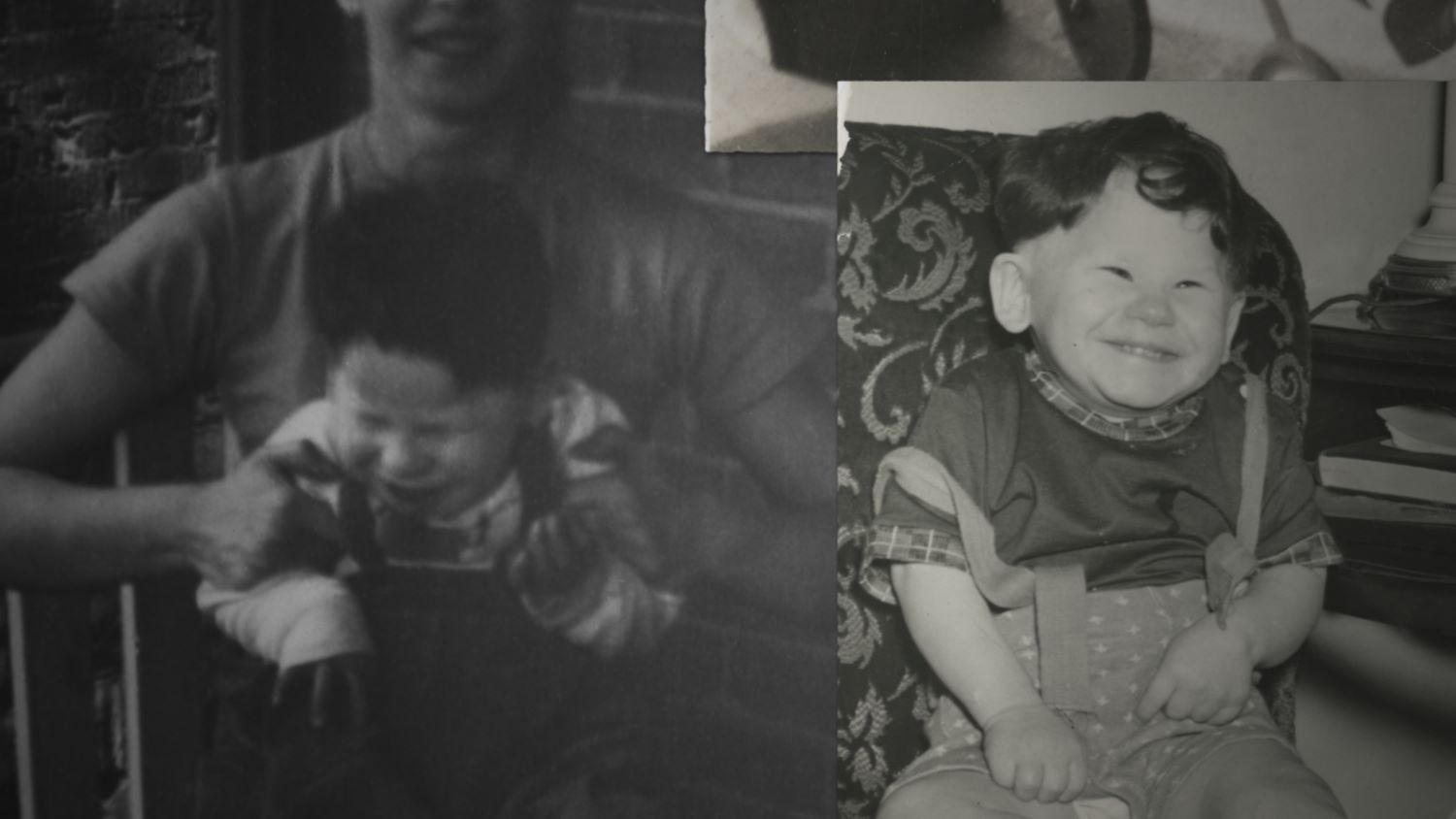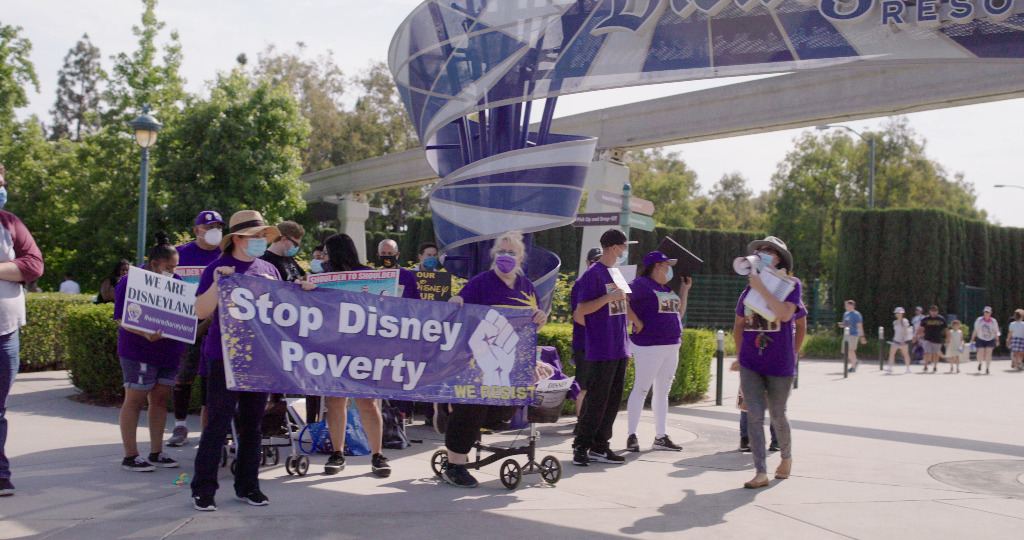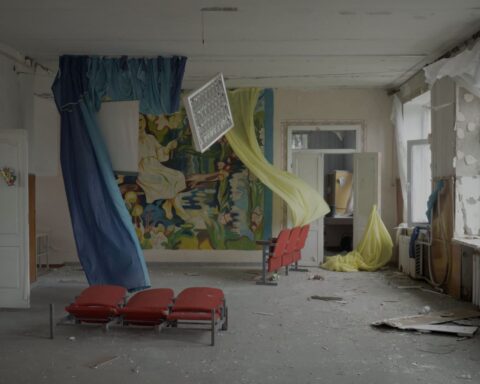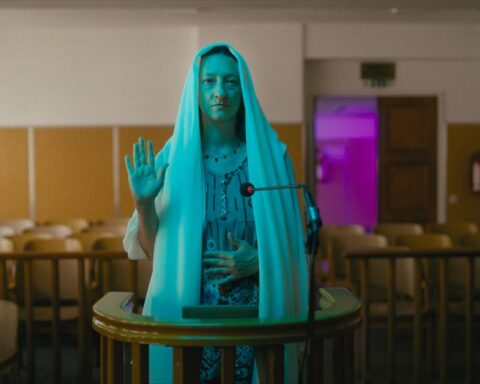Are we too hockey-obsessed in this country? Do we cling too closely to the idea that what transpires in Olympic hockey arena defines our success as a nation? Is it time to dispense with the glorious myth of the six-year-old skating on natural ice in the remote north, dreaming of hoisting the Stanley Cup? Is the game so important that fans of losing teams have to riot in the streets, as Vancouver’s did in 2011?
Two projects, the feature documentary Ice-Breaker and the four-part doc series Summit 72, hit the big and small screens as Canada marks the 50th anniversary of the famous 1972 hockey between Canada and the Soviet Union. Given the quality of the play – or the lack thereof – on the Canadian side, one can hope the release of these projects will generate a serious conversation about the state of hockey and our relationship to it, now and 50s years ago.
Most of us alive at that time recall the Summit’s actual games and the spectacle itself. Ice-Breaker does include footage of all the epic hockey battles’ key moments, but director Robbie Hart is more interested in going behind the scenes, focussing less on the players, and more on individuals who played key roles in organizing the event. Diplomat Gary Smith, for example, who was the players’ handler in Moscow and on whose memoir Ice War Diplomat the film is based, figures prominently. Since disgraced Alan Eagleson who represented the players, is also a factor as is Montreal Gazette cartoonist Terry Mosher. Many fans who made their way to Moscow as well as present day players, including women, celebrate the event’s significance.
“Most other films about the Summit had been done from the players perspective,” says Hart on the phone from Montreal, “but I wanted to bring in Gary Smith and Brian Conacher (who did the play by play with legendary broadcaster Foster Hewitt) and even Margaret Trudeau. The idea was to give a voice to people who have a relationship to ’72.”
Featuring new interviews with the players, Summit 72, directed by a team of filmmakers, including Dave Bidini and Nick de Pencier, spotlights those who were on the ice. Conversations with Paul Henderson, Phil Esposito, Bobby Clarke and many more illuminate the players’ powerful emotions as they went from unexpected losers to elated victors, while playing for half of the series in completely foreign territory.
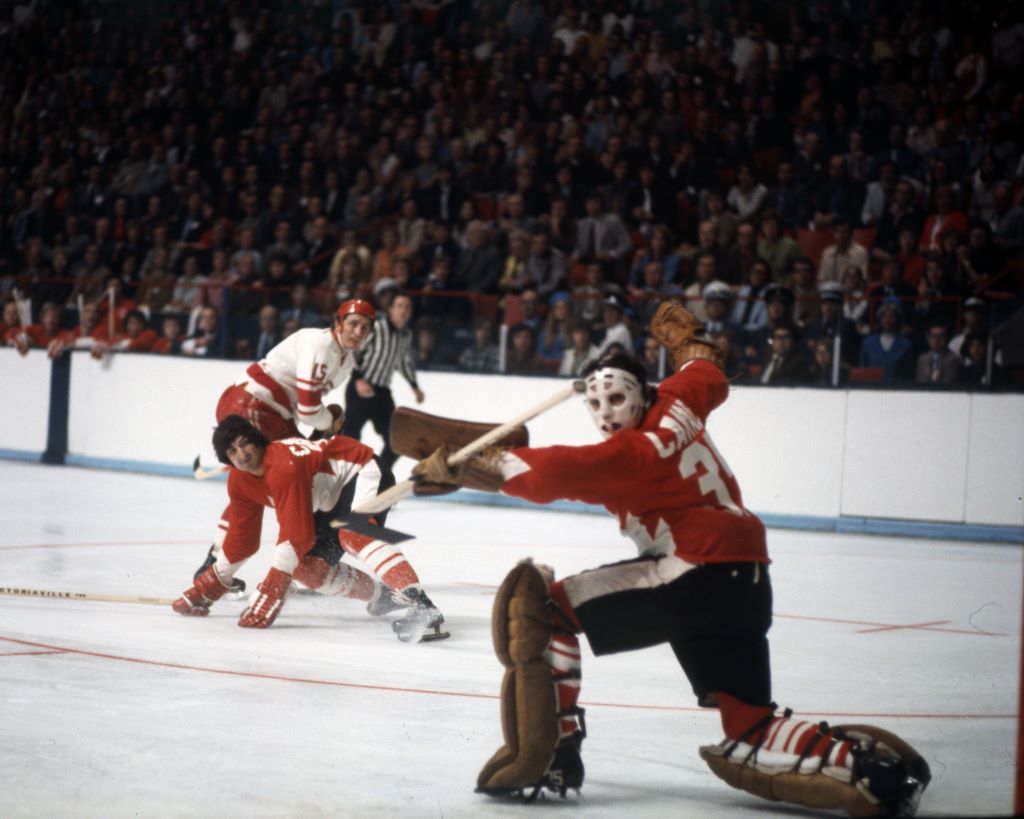
We get new information, including that Phil Esposito wasn’t even going to compete until Bobby Orr, who sat out the series because of his wonky knee, phoned him and convinced him to join the team. Paul Henderson laughs at how he’s become more famous for his garbage goal that won the series for Canada than for his exquisite tally at the end of Game 7. In other interviews, the players admit that going over to Moscow, they were actually terrified. Apart from heading to opposing teams’ cities to play, many had never travelled before, least of all behind the Iron Curtain.
These are compelling details but they can’t eclipse the hockey games themselves. The near-gladiatorial contest dominated our national landscape. For decades, the Soviets were winning gold medals on the international stage, declaring themselves hockey’s world champions, while Canadian players and their fans seethed. Canada was denied the right to play internationally because they were pros and Olympic competition was supposedly open only to amateurs. Meanwhile the Soviet players, like their gymnasts and skaters had been housed, fed, and trained since the athletes were small children, employees of the state for certain. In fact, given the National Hockey League owners’ miserly ways, they were probably paid more than the Canadians, who finished their seasons and had to go work as, say, car salesmen and insurance agents.
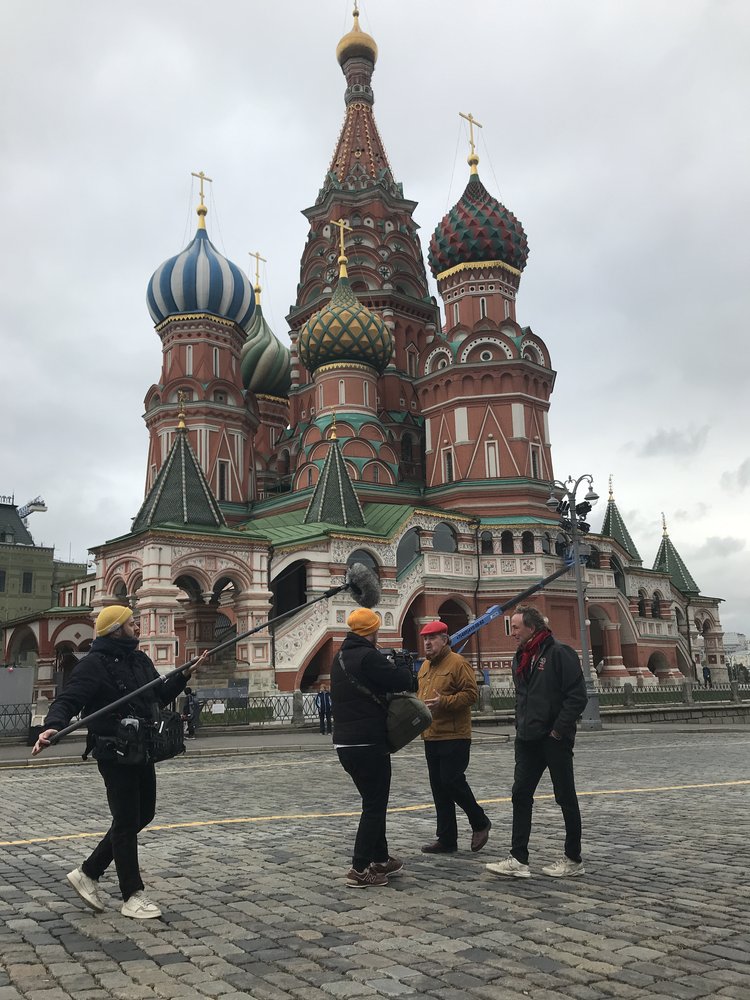
Soviet Premier Alexei Kosygin and Prime Minister Pierre Elliott Trudeau launched negotiations to set up a series, assisted by hockey insiders such as Eagleson. Eight games, four in Canada, four in the Soviet Union. Just us versus them. What followed was a gripping spectacle, a narrative of Shakespearian proportions. The Canadians would triumph easily, we imagined. But Canada soon discovered that the Soviets had their own frigid north and children learning to stick handle and skate on their own remote ponds.
As the first game got underway in the Montreal forum, Team Canada scored two goals within the opening minutes. Then the roof caved. The Soviets, superbly trained, in better condition, tapping into their own brilliant hockey system, won 7-3 and the home team and their fans went into shock. The story after that has become legend: The Canadians win game 2. In game 3 Canada loses a two-goal lead and settles for a tie. In game 4, Team Canada plays like goons, gets beaten 5-3 and is booed lustily by the fans in Vancouver. In Moscow, the Soviets win games 4 and 5. Canada improbably wins games 6, 7 and 8, the last after coming back from a two-goal deficit.
In fact, the narrative is so powerful, Bidini and de Pencier found it difficult to focus on anything else. “We were almost cursed with too much game narrative,” Bidini allows. “The series was so compelling, it was hard to find oxygen to talk about the violence (in play), how the game is played today. The story is so bountiful even in singular games.”
But they were able to concentrate on an excellent soundtrack as well. The music is expertly curated by Bidini, who’s played hockey and been a musician for most of his adult life. In almost all cases, he avoided the obvious, choosing buzzy, edgy, unexpected entries, such as Plastic Bertrand’s “Ça plane pour moi.” “Out of the of gate, we start with the kind of energy you don’t hear or see in a hockey film, so we could capture the spirit of the day. You know you’re winning when there are tracks people don’t know but kind of fall in love with.”
Adds de Pencier, “There are lots of ways we could have made this a more predictable series. I love that there’s no Guess Who and that the film doesn’t doesn’t slide into that ‘This is the CBC-50th-anniversary-film kind of thing.’”
Getting clearance for the materials was not easy. Bidini’s story of how he got permission to use Leonard Cohen’s “The Traitor” speaks to the impact the Summit Series had on average Canadians. He wanted the song to reflect on the mood at the Montreal Forum after Canada lost the first game. Who else to evoke that city than Leonard Cohen?
“And the song is depressing,” laughs de Pencier.
It was industry insider Jake Gold who connected Bidini to Hipgnosis Music’s Merck Mercuriadis, who owned the rights.
“Merck told me that after that first game, his grandmother threw a slipper at the screen. So when he remembered that, he just said , ‘Alright, you can have it.”
And the filmmakers were able to make the archival footage more vivid visually speaking by enhancing archival footage that had been languishing in the Hockey Hall of Fame for decades.
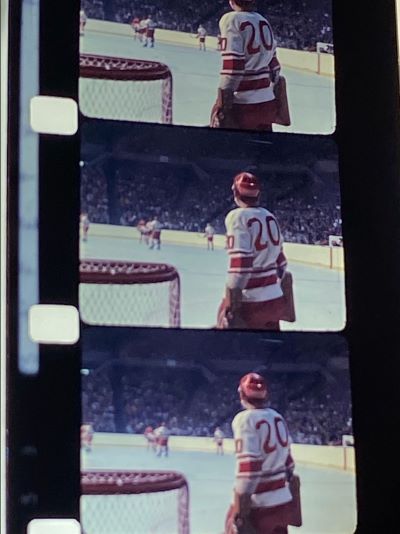
“We thought maybe there’d be 25 cans of 16 mm film,” says de Pencier, who too plays hockey and has made other hockey films, though he’s best known for his collaborations on eco-conscious films with Ed Burtynsky and Jennifer Baichwal. “This guy Al Stewart was directing a doc and he shot everything you would want: the training, the press conferences, the dressing room. We transferred it all for posterity.
“John Price lovingly took all the old tape gum off and double spliced everything. He’d phone me in the middle of the saying, ‘You can’t believe how good the reds are.’ Film is a such a time capsule and we’re reaching through the decades to this crew that had total chops – the shooting is awesome and it’s well preserved because it’s film. Whereas, everything we’ve shot will be dust in eight years.”
But that gripping narrative of the game could not be denied, making it difficult to spotlight some of the not-so -avoury aspects of the Summit’s organization, starting with the high-profile role played by Alan Eagleson. As the first executive director of the National Hockey League Players Association, he engineered the opportunity for pros to compete in international hockey, something the owners generally opposed, fearing their players would get injured. Eagleson’s influence had an impact on who got to play. Only skaters who had signed contracts with NHL teams made the team, which meant Bobby Hull, who had signed with the upstart World Hockey Association Winnipeg Jets, was not invited to join the team. Worse, it turns out, Eagleson would go on to defraud his clients and embezzle funds, for which he was later charged and convicted. Both Hart and de Pencier include interviews with Eagleson, but neither has found a way to acknowledge Eagleson’s ultimate disgrace.
“It’s a double-edged sword,” says Hart. “Do we include him? Do we not include him, given that he was so central to what took place? [White Pine producer] Peter (Raymont) pushed for it. Does it negate the role Eagleson played in 72? Do we need to have a disclaimer? ‘No,’ say some, ‘he paid his dues and was stripped of all his honours. He’s been shamed.’ I know it’s tainted. But you’re damned if you do, damned if you don’t.”
De Pencier continues to have a hard time with the dilemma.
“It’s weighing on me it’s been a problem to solve and we hadn’t solved it. Eagleson’s taken at face value and he’s good television and he’s listed among the dramatis personae right at the beginning. There were some players who said, ‘You’re gonna interview Alan because it’s time to bring him out of the wilderness’ and others who said, ‘Is Eagleson involved because if he’s in I’m out.”
Also left out is the sad state of hockey at the time. Pierre Trudeau and his hipness notwithstanding, Canada and its favourite sport were not beacons of enlightenment. Summit 72 handles this deftly if obliquely, showing the retro beer ads that accompanied the game, ads that, among other reactionary elements, highlight extreme gender roles. As for the hockey, the players were all white, the women’s game was virtually non-existent, the NHL was five years into their greed-driven expansion and the stage was being set for the Philadelphia Flyers’ Broadstreet Bullies to overtly deploy and celebrate violence as a strategy for winning.
Hart understands that, referring in conversation to the players as barbarians and noting that “hockey in 1972 was prehistoric. It goes with who we were as a society in terms of minorities, human rights and women.”
“It’s a complex question,” says de Pencier. “We have lived the trajectory of the evolution of hockey and that’s why the film is interesting to us. We’ve had to unpack what’s different about hockey now to make it meaningful. We’ve tried to trace the trajectories and the legacies, knowing that our biases are as older white guys.”
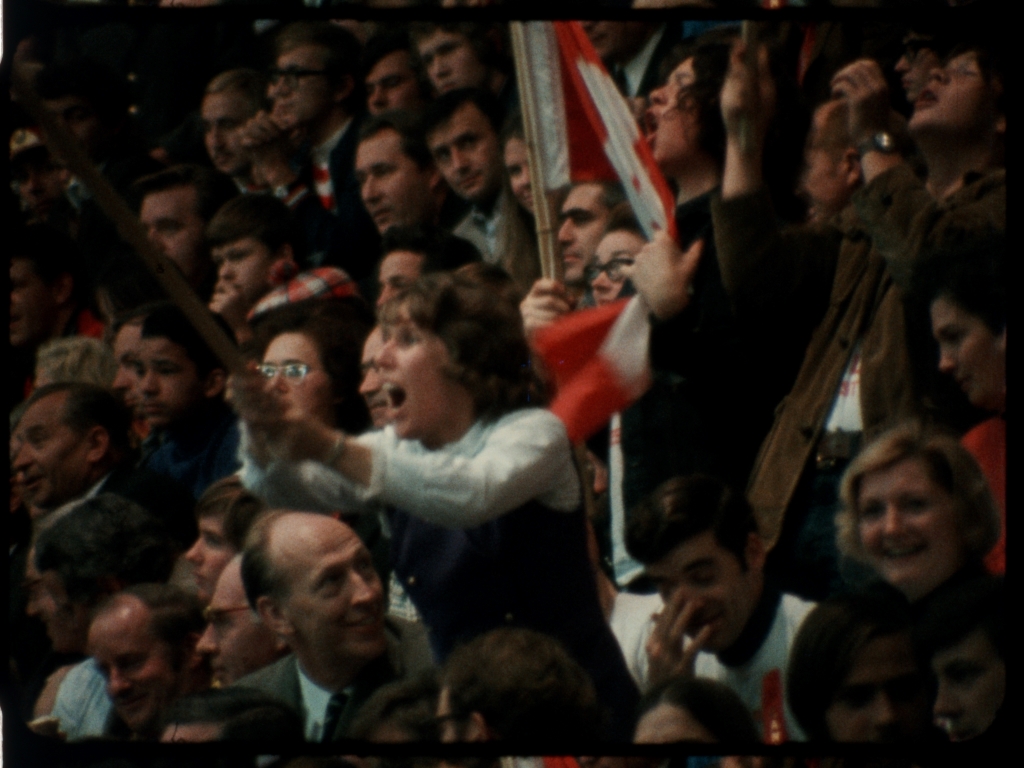
Ultimately it’s the dirty play that defines Team Canada itself. At the time, and certainly after, the series was mythologized as a struggle between capitalism and Communism. Our values versus theirs. As the games got underway, this made some sense in that the Canadians played poorly as a group of individuals and the Soviets skated as a slick well-oiled collective machine, but in the end, if values were the issue, Canada’s value was filthy play and the Soviets’ was skill.
Hart deals with the Canadians’ on-ice viciousness by showing the primary evidence: Peter Mahovlich sitting on ace Russian goalie Vladislav Tretiak and not allowing him to get up; the Canadians using their sticks as weapons; the Soviets’ visibly perplexed as the Canadians kneed and slashed at their opponents; and, most famously, Bobby Clarke brutally slashed and broke the ankle of Soviet star Valeri Kharlamov, forcing him out of the series. At the end of the fourth game, in which a hopelessly disorganized Canada lost while playing with sticks high and elbows out, the Vancouver fans loudly booed the team. Team leader Esposito, tears in his eyes, chastised the fans. We’re trying our best, he said, but the fans were booing not because the team lost, but because of their ugly tactics. It’s soothing to think of the hulking hockey player weeping because Canadians had abandoned them, but it’s just as likely that Esposito was sobbing because the team was so completely humiliated.
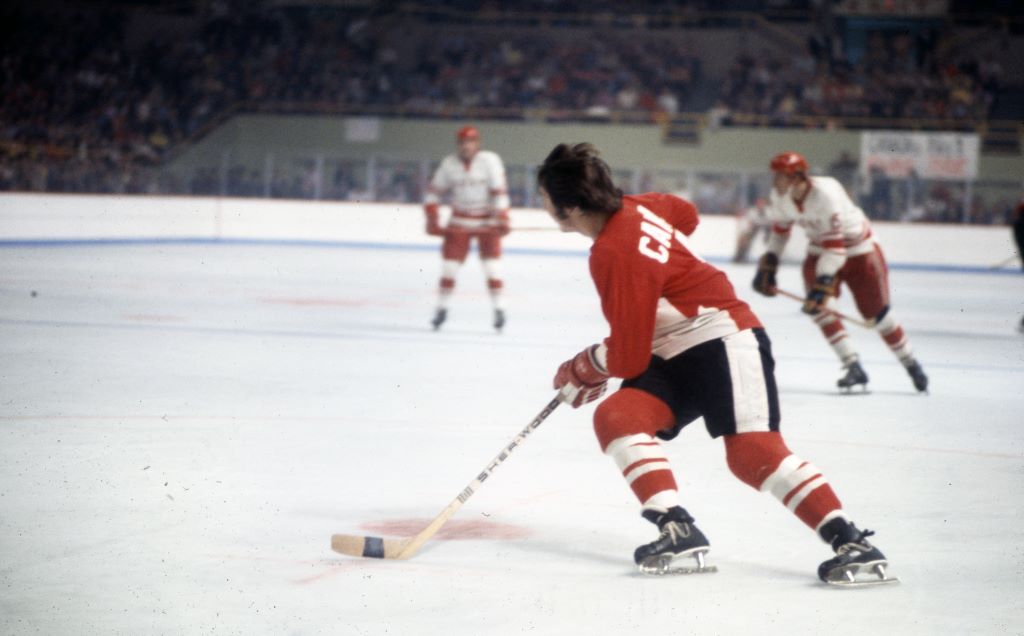
Summit 72 gets intriguing insights from the players themselves: Phil Esposito admits that he and his teammates did rally around the idea that the best strategy for beating the Soviets was to intimidate them and, basically, kick their asses all over the ice. Bobby Clarke makes the claim that he was slashed on the wrist before he went after Kharlamov, but the video evidence suggests that there is no comparison between the two infractions. Clarke was out to injure. Tellingly, in his interview, Clarke grins at the camera and declares that he’d do it again.
“I’ve never been a fan of violence in hockey,” de Pencier says. “I prefer the skilled game. But I identify with the unbridled id of hockey. It’s a fast and tough game. You get out there and you don’t have a lot of confines. Then there’s the question of what is tough and what is dirty and that’s a kind of a national conversation which was alive then and is alive now. There are still inflection points in the series about that but that’s a different film. This story is this story and to tell it well requires screen time. But hopefully there’s some conversation to be ignited around the violent play.”
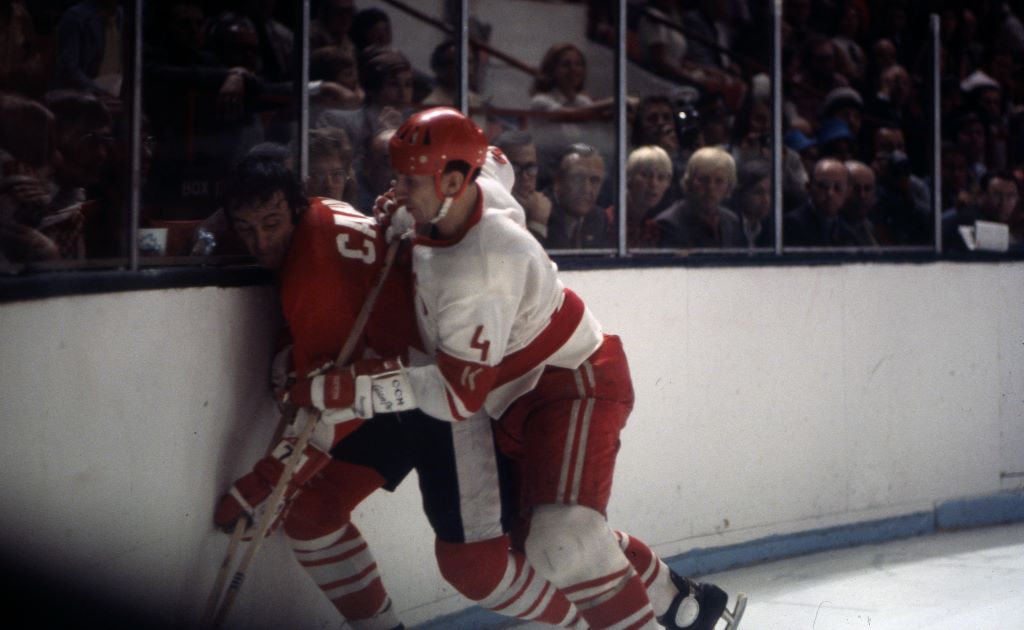
Bidini hopes too that the films will do more than just promote the tired myths about hockey and Canada’s relationship to it.
“Our opportunity with this film was to show the nature of the game and its history in a way that doesn’t default to tried and true Johnny frozen pond romance of the winter type of thing, Canadians rising above the elements, but rather lays bare the era, the violent nature of the players and shows it in a way that has meaning in 2022.”
Hart says the series changed hockey forever.
“It was the beginning of the globalization of hockey. There are now 65 countries in the International Hockey Federation playing hockey at a high level, including Italy and Israel. After the Summit, the Swedes started coming over here to play. At the time 15% of the pros were Canadian and 15% were American. Now it’s 50% Canadian and 50% players from other countries.”
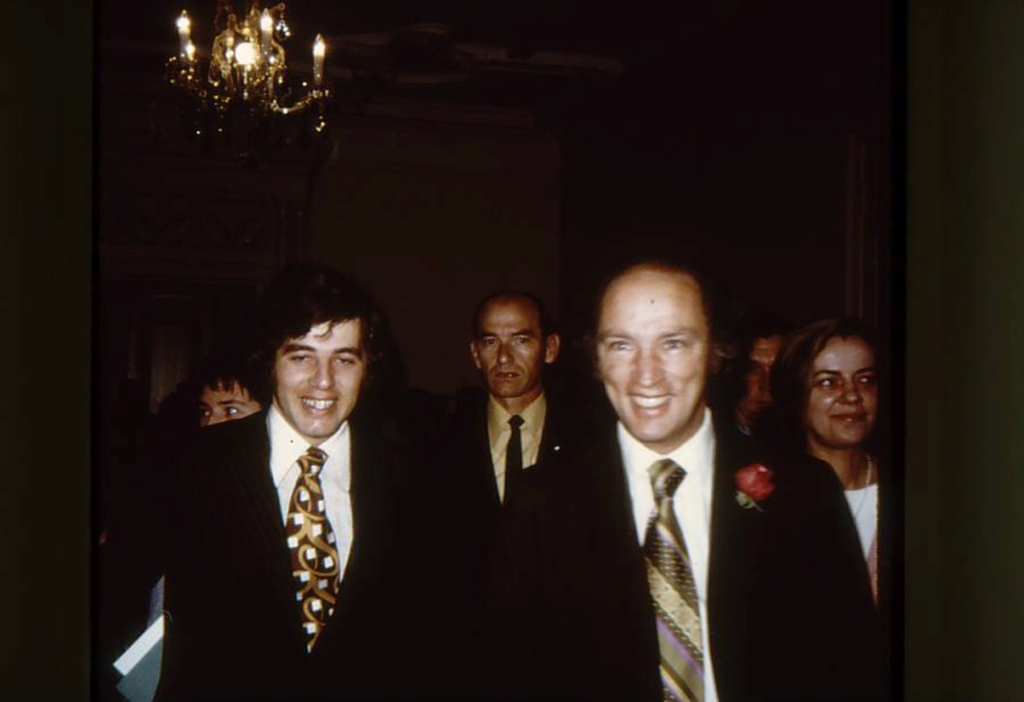
But neither project resists the urge to exaggerate Canadians’ actual stake in that clutch of hockey games. Of course we wanted to win but the idea that Canada’s sense of well being depended on victory doesn’t entirely make sense. Mordecai Richler may have famously said, “If we lose this we’re left with miles of wheat and indifference,” but, in fact, Canadians were still basking in the glow of our Centennial and Expo 67, our Prime Minister was a rock star. (especially as compared to the American president Richard Nixon) and our place on the world stage was secure.
As a nation, this 50th anniversary of a legendary hockey competition and the films its inspired, ought to make us look at the game, because, the ascendance of international players has not transformed hockey’s values. Listen to coaches announcing their starting lineup, reporting that a player will play despite “an upper body injury.” What is that exactly? They can’t say because they know that if they are more specific, their opponents will exact a full-on attack precisely on the vulnerable area of the player’s body. Nothing much has changed since Bobby Clarke crushed the ankle of one of the world’s best players at the Summit series.
As for Hockey Canada, the agency formed specifically to oversee Canadians in international competition, it’s now dealing with a sexual assault charges involving eight junior players in 2018, charges that they tried to keep secret by shelling out money from a slush fund and, basically, do nothing to make the abusers accountable.
Do we really want to make this sport emblematic of our national identity?
Ice-Breaker is now playing the festival circuit and select theatres, and Summit 72 is now on CBC Gem.
A version of this story appeared in the print edition of POV issue #117.




